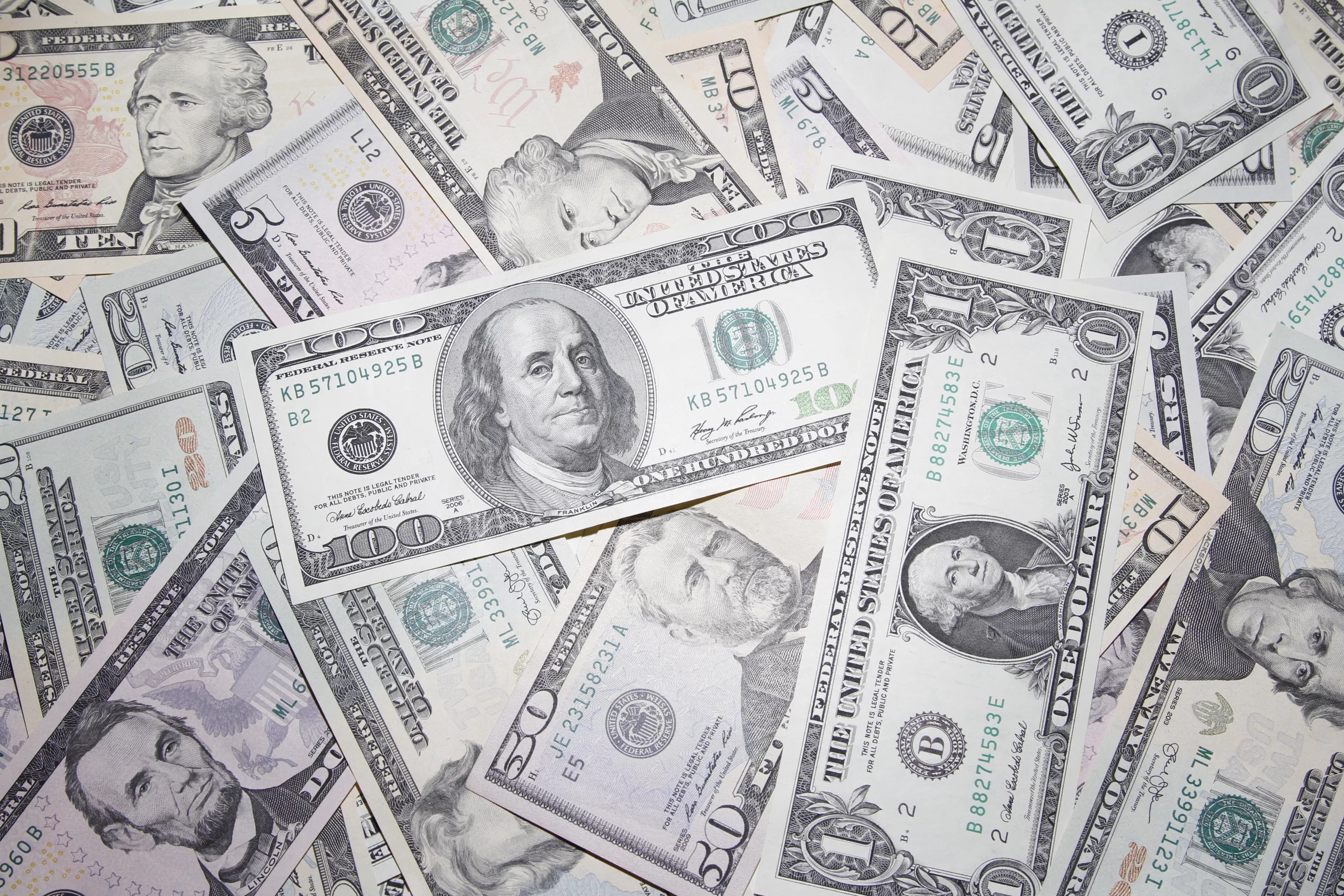
Adobe Stock

Audio By Carbonatix
From housing costs to grocery prices, affordability in Dallas has been a growing concern for residents over the last few years. So much so, in fact, that economic strife has become a factor in decisions like who Dallasites vote for and whether they actually want to stay in Dallas at all.
A March report from the travel website Upgraded Points quantifies the pocketbook pain Dallasites have been feeling since the pandemic sent the economy haywire, and the Dallas-specific data shows that this isn’t all in your head. Between December 2020 and December 2024, reported wages in Dallas have grown 9.7%. But that pay bump is doing little to fight against the 24.9% price jump across the board.
Putting those figures together, Dallas has seen a 12.1% decline in actual earnings since the pandemic, meaning even if your paycheck looks bigger than it did in 2020, it’s not going nearly as far.
“While wages have grown in nominal terms, many workers feel they are falling behind as the cost of essentials – housing, groceries, and everyday expenses – continues to climb,” the report says. “While some metros [nationally] have seen strong wage increases, few workers have truly gained ground after accounting for the relentless rise in costs.”
Dallas, make your New Year’s Resolution Count!
We’re $11,000 away from our End-of-Year campaign goal, with just a couple of days left! We’re ready to deliver — but we need the resources to do it right. If Dallas Observer matters to you, please contribute today to help us expand our current events coverage when it’s needed most.
Even less surprising is Dallas’ top two pinch points: housing and groceries.
Since December 2020, housing prices in D-town have skyrocketed 29.6%. As housing prices increase, minimum wage workers are being pushed out of Dallas, and reputable economic watchdogs like The Milken Institute are taking notice. Earlier this year, Dallas was dropped from the Top 10 of the institute’s annual top economies ranking because of a lack of access to affordable housing.
Americans have overwhelmingly pointed to housing costs as a leading financial stressor, but the report found that anxiety over grocery prices isn’t far behind. In Dallas, grocery prices increased 25.9% between 2020 and 2024. Of the 21 cities included in the survey, only two, Detroit and Houston, have seen a more significant increase in grocery prices.
It’s certainly a stress point the Observer has heard plenty about. Last November, Oak Cliff’s Innocente Escamilla told us she voted for President Donald Trump, who spent months on the campaign trail promising to lower the price of eggs and other basic necessities. That promise, she said, was the sole motivator behind her vote.
“[When we shop] we just have to get the bare minimum,” Escamilla said. “Everything else has to wait. That’s how bad it’s gotten.”
As we approach 70 days with Trump in office, though, it isn’t clear if economic concerns like Escamilla’s have had any relief. A February Financial Pulse survey found that 71% of Americans believe it is harder for the average family to make ends meet compared with 10 years ago. Rising costs were primarily cited as the greatest financial challenge facing Americans today.
Outside of housing and grocery prices, healthcare costs, taxes, debt payments and childcare costs were cited as the biggest money suckers for the average middle-class American’s budget.